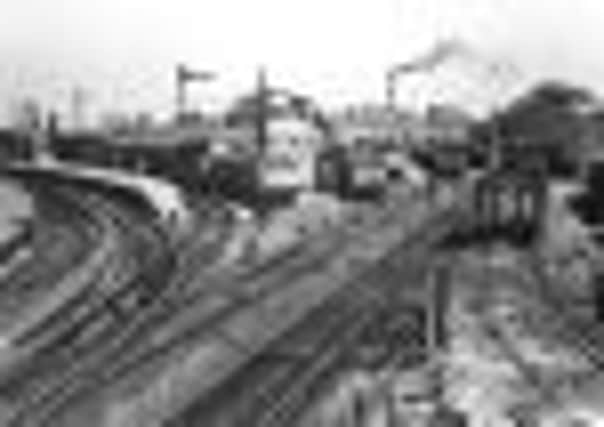Dunstable Dasher makes its final run


It pulled out of the Dunstable North railway station at 6.10pm on June 30, 1962 for its final short journey through Sewell and Stanbridge to Leighton, crossing Billington Road not far from what is now the Leighton Buzzard narrow gauge railway at Page’s Park.
Our main photo shows the one-time scene at Dunstable North, looking towards High Street North from the Leighton direction.
Advertisement
Hide AdAdvertisement
Hide AdThe station included a large sidings area which is now the site of the Central Beds Council offices.


The railway continued across Dunstable to Dunstable Town station in Church Street and then on to Skimpot and Luton.
There were around 300 passengers on that last train to Leighton but, alas, it was not normally so busy.
Towards the end of its days, the Dasher was usually only filled on Saturdays when football fans used it to reach Luton Town home matches.
Advertisement
Hide AdAdvertisement
Hide AdToday the railway has been converted into a cycleway as far as the old Stanbridgeford station. And the route to Luton is currently being converted into a guided busway.
The Leighton-Dunstable railway opened in June 1848, with the line to Luton (the ‘Skimpot Flyer’) being built ten years later.
After the end of the passenger service to Leighton, Dunstable North railway station continued to serve people who wanted to travel to Luton, but this closed on April 26, 1965 and goods traffic there ended on October 9, 1967.
The cycleway today provides a pleasant countryside outing for walkers, cyclists and horseriders who can follow the old route and marvel at its steep climb alongside the Sewell quarries.
Advertisement
Hide AdAdvertisement
Hide AdHow did the old steam engines cope? Bill Simpson in his 1998 railway book The Dunstable Branch tells of the locomotives “toiling up Sewell Bank or, with the protesting squeal of brakes, trying to hold trains to 15 mph on the descent.
“It was all part of a time when railways were more of an adventure than they are today, when their control was vested in the skill, strength and judgement of the men who worked them.”
The smaller photo by M. Esau shows a steam engine pushing the Dasher up the incline and over Sewell bridge.
It was published in Trains Illustrated magazine in 1961 and will be included in a photo display at the narrow gauge railway at Page’s Park on Sunday (July 1) when there will be special anniversary events.
Trains depart there at 10.40, 12.20, 14.00 and 15.40
> Yesteryear is compiled by John Buckledee, chairman of Dunstable and District Local History Society